
Senior physics writer Emily Conover joined Science News in 2016. She has a Ph.D. in physics from the University of Chicago, where she studied the weird ways of neutrinos, tiny elementary particles that can zip straight through the Earth. She got her first taste of science writing as a AAAS Mass Media Fellow for the Milwaukee Journal Sentinel. She has previously written for Science Magazine and the American Physical Society. She is a two-time winner of the D.C. Science Writers’ Association Newsbrief award, and a winner of the Acoustical Society of America’s Science Communication Award.

Trustworthy journalism comes at a price.
Scientists and journalists share a core belief in questioning, observing and verifying to reach the truth. Science News reports on crucial research and discovery across science disciplines. We need your financial support to make it happen – every contribution makes a difference.
All Stories by Emily Conover
-
 Life
LifeBird plus goggles equals new insight into flight physics
Slow-flying parrotlet produces vortices that explosively break up.
-
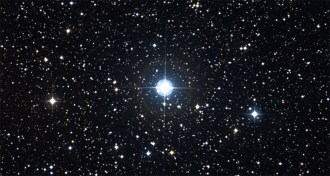 Quantum Physics
Quantum PhysicsCosmic test confirms quantum weirdness
Physicists used starlight to perform a cosmic Bell test.
-
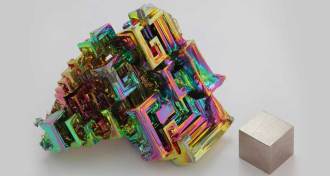 Physics
PhysicsDespite lack of free electrons, bismuth superconducts
Bismuth conducts electricity with no resistance at temperatures near absolute zero, despite lack of mobile electrons.
-
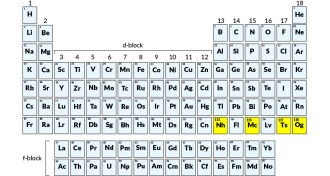 Chemistry
ChemistryNames for four new elements get seal of approval
The International Union of Pure and Applied Chemistry has approved the proposed names for the four elements added to the periodic table in December 2015.
-
 Chemistry
ChemistryNames for four new elements get seal of approval
The International Union of Pure and Applied Chemistry has approved the proposed names for the four elements added to the periodic table in December 2015.
-
 Life
LifeBlue leaves help begonias harvest energy in low light
The iridescent color of some begonias comes from tiny structures that also help the plant convert dim light into energy.
-
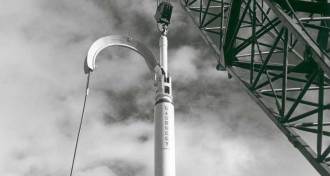 Earth
Earth50 years ago, nuclear blasting for gas boomed. Today it’s a bust.
50 years ago, scientists made plans to use nuclear explosions to extract natural gas from underground. In one such experiment, the gas was released but turned out to be radioactive.
-
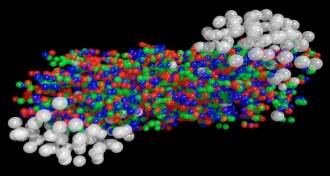 Physics
PhysicsWhirlpools might have stirred up baby universe’s soup
Vortices appear in the quark-gluon plasma produced in heavy-ion collisions.
-
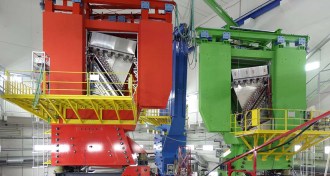 Particle Physics
Particle PhysicsNew analysis boosts case for smaller proton
Electron scattering data hint at a slightly smaller proton radius.
-
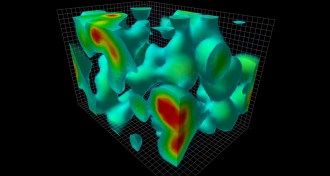 Physics
Physics‘Void’ dives into physics of nothingness
In modern physics, emptiness is elusive and difficult to define, a new book shows.
-
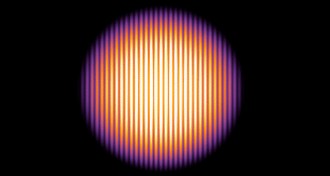 Physics
PhysicsSupersolids produced in exotic state of quantum matter
Bose-Einstein condensates display properties of liquid and solid simultaneously.
-
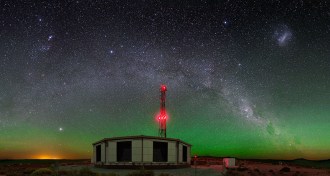 Particle Physics
Particle PhysicsMuon surplus leaves physicists searching for answers
A glut of muons shows up in particle showers in the atmosphere.